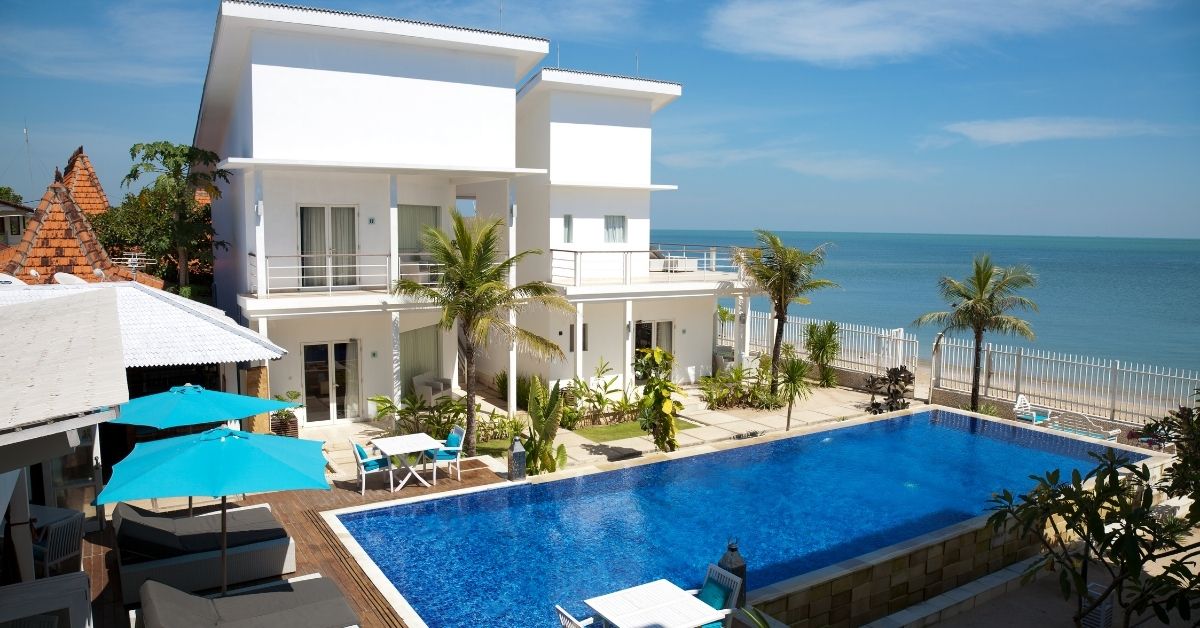When you are visualizing the changes in your home, what factors do you see changing? Vivid colours are just a part of the bigger picture. The impact that colours have on your walls can change with every small change in the environment. Whether you like an Indian simple house colour combination outside or you are looking to make it vibrant and eye-catching, there are a few things you must know when you start decorating.
Basics of colours
Let us start with the basics colours themselves. These terms are essential for making the best use of the colours you have at your disposal. The place to start is the colour wheel. It is a representation of how colours are made and how they go together. You can determine combinations, colour schemes, and even designs based on this colour.
Colours on the wheel
The most basic colours on the colour wheel are primary colours. They are red, yellow and blue. They cannot be created by mixing any other colours. All the other colours you see on the colour wheel can be mixed by using these 3 colours. The colours you get by mixing 2 primary colours are called secondary colours. For example, yellow and red make orange. If you mix 2 secondary colours you get tertiary or intermediate colours. Neutral colours are not a part of the colour wheel but as the term suggests, they go with any colour when used in a combination.
Colour schemes
Depending on the placement of the colours in the colour wheel, there are various colour schemes you can use. For example, if you use the colours next to each other on the colour wheel, then that is called an analogous colour scheme. A monochromatic colour scheme uses the hue of the same colour to create a masterpiece. The result is pleasant and soft colours to look at.
Proportions of colour
Whenever you are thinking of decorating a wall with multiple colours, it is advisable to pick a dominant colour to ensure there is balance. In this case, the dominant colour affects the overall area and the other colours around that colour too. It impacts the perception of the viewer and sets the tone for the rest of the house too.
Cool colours
Cool colours are those which make you feel calm and give you a soothing feeling when you look at them. They remind you of the sky and generally make the space look bigger. These colours are the popular choice for bedrooms, yoga rooms, and libraries.
Warm colours
Warm colours are those that stimulate the brain and energize you. These are a great choice for living areas, outdoors, dining areas, and so on. They are also great for decorating the exterior of the house. These are correlated with the colours you see when you see fire.
Illusions using colours
Textures and 3D wall paintings are just one way to play with colours. You can use royale play night to add a splash of fun and pizzazz to the walls of your home. For example, a purple can look different when put next to a yellow and a red. These illusions are due to the change in background and surroundings. The same hue can have a different impact when it has a different hue next to it. At the same time, size, shape, distance, and light between the 2 hues matter too.
When you use this information to execute the plan for your dream home, don’t forget that some colours also have meanings. For example, red can be interpreted as a colour of love. These hidden meanings can make every wall and every corner of your home more meaningful to you and your family.



